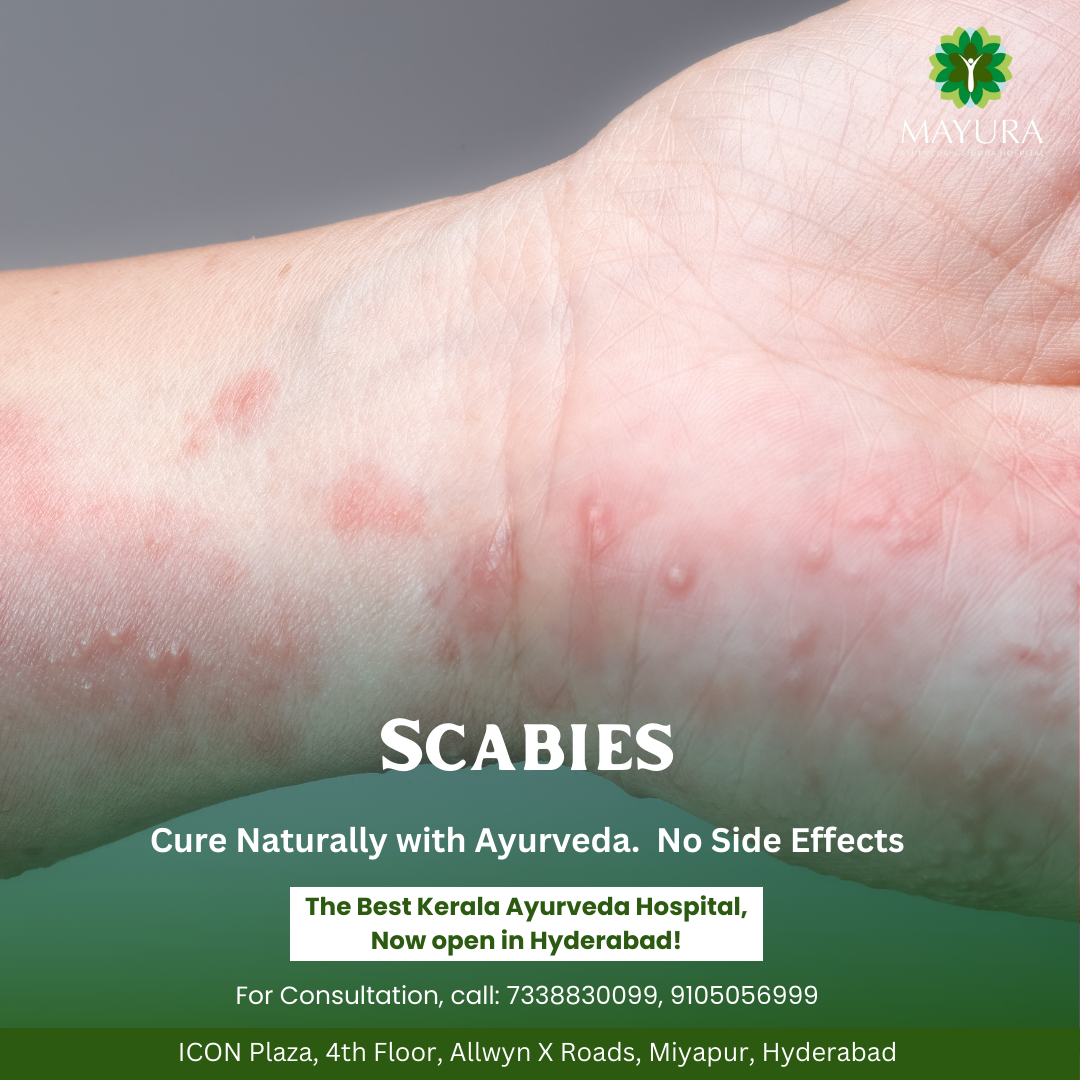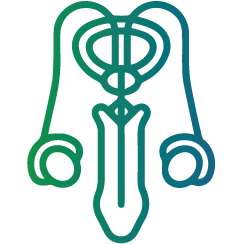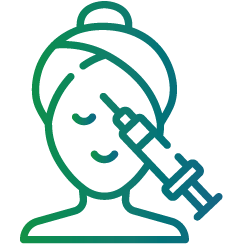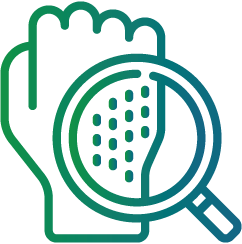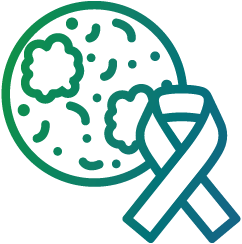Scabies is a common but highly contagious skin condition caused by the infestation of the skin by the human itch mite (Sarcoptes scabiei). Despite its prevalence, scabies often carries a stigma due to its association with poor hygiene and crowded living conditions. However, anyone can contract scabies, making it essential to understand its causes, symptoms, and effective treatments.
What is Scabies?
Scabies is an infestation of the skin by microscopic mites that burrow into the upper layer of the skin where they live and lay eggs. The presence of these mites leads to intense itching and a rash, both of which result from the body’s allergic reaction to the mites, their eggs, and their waste.
Causes of Scabies
Scabies is spread primarily through prolonged skin-to-skin contact with an infected person. It can also be transmitted through sharing bedding, clothing, or towels. The mites can survive for up to 48-72 hours on surfaces, making indirect transmission possible, though less common. High-risk environments for scabies outbreaks include nursing homes, prisons, and child care facilities due to close contact among individuals.
Symptoms of Scabies
The symptoms of scabies typically appear 4-6 weeks after infestation in a person who has never had scabies before. In those who have previously had scabies, symptoms can appear within a few days. Common symptoms include:
1. Intense Itching:
The hallmark symptom of scabies, itching is usually worse at night and can become severe.
2. Rash:
Scabies causes a pimple-like rash that can develop into small blisters or scales. Common areas affected include the wrists, elbows, armpits, waist, and between the fingers.
3. Burrow Tracks:
Thin, raised lines on the skin where the mites have burrowed. These tracks are often found in areas where the skin folds.
4. Sores:
Scratching can lead to open sores and secondary infections, such as impetigo.
Diagnosing Scabies
A healthcare provider can diagnose scabies by examining the affected skin and identifying burrows. In some cases, a skin scraping may be taken to look for mites, eggs, or mite fecal matter under a microscope. Early and accurate diagnosis is crucial to prevent the spread of scabies and to begin appropriate treatment.
Effective Treatments for Scabies
Treating scabies involves eliminating the mites and addressing the symptoms. The following treatments are commonly used:
1. Prescription Medications:
Topical medications such as permethrin cream and oral medications like ivermectin are effective in killing the mites. These medications are typically applied to the entire body and left on for a specified period.
2. Antihistamines:
Over-the-counter antihistamines can help relieve itching.
3. Treating Close Contacts:
To prevent reinfestation, it is essential to treat household members and close contacts simultaneously, even if they do not show symptoms.
4. Cleaning and Disinfection:
Wash bedding, clothing, and towels in hot water and dry them on a hot cycle. Items that cannot be washed should be sealed in a plastic bag for at least 72 hours.
Preventing Scabies
Preventing scabies involves avoiding close contact with infected individuals and maintaining good hygiene. In environments prone to outbreaks, such as nursing homes, regular screening and prompt treatment of new cases can help control the spread.
Conclusion
Scabies is a common and treatable condition, but it requires prompt attention to prevent widespread transmission and alleviate symptoms. Understanding the causes, recognizing the symptoms, and following effective treatment and prevention strategies can help manage and control scabies outbreaks. By breaking the stigma and promoting awareness, we can ensure better health outcomes for those affected by this uncomfortable skin condition.

